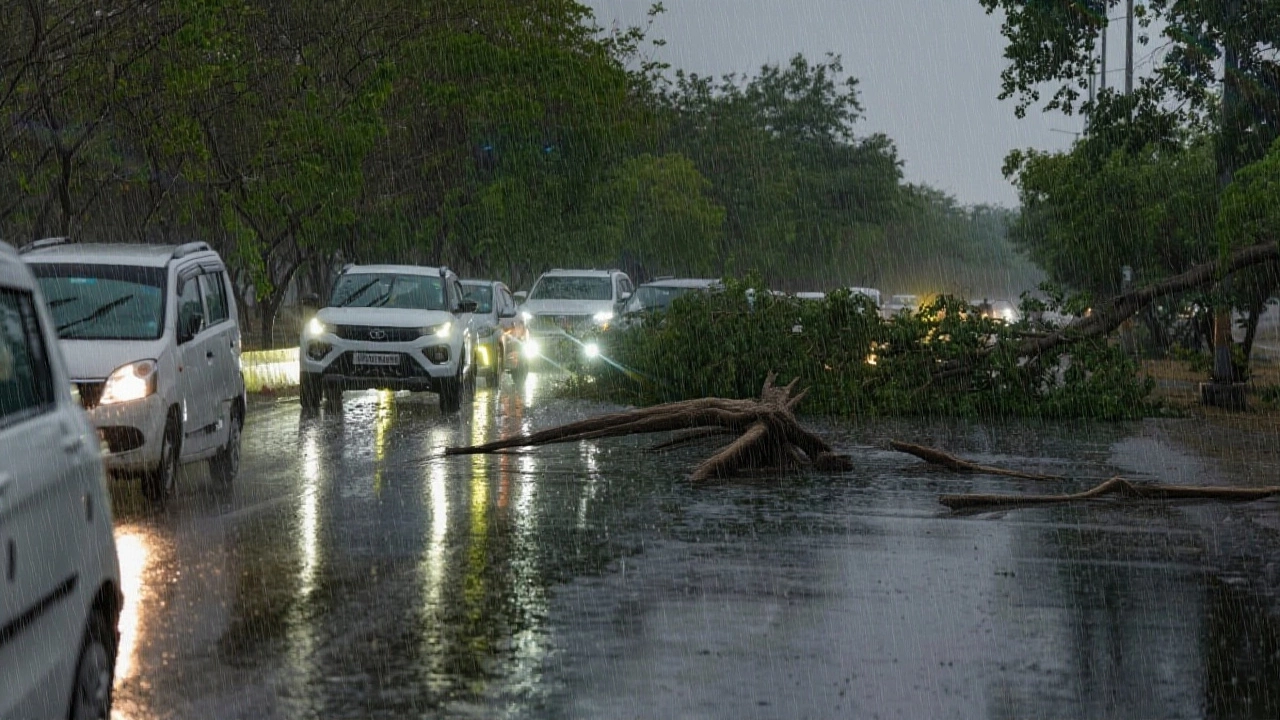Traffic Disruption: What It Means and How to Stay Safe
Ever been stuck on a road that suddenly looks like a parking lot? That’s a traffic disruption, and it can turn a quick trip into a long, stressful ordeal. Understanding why it happens and what you can do about it helps you keep your cool, save time, and stay safe.
Why traffic disruption happens
Most disruptions start with a single event—an accident, a construction crew, a broken traffic light, or even a sudden weather change. When one lane closes, cars pile up behind it, and the backup can spread for miles. In busy cities, a small incident can ripple through the whole network because there’s little room for detours. Public events like concerts, parades, or protests add extra vehicles and pedestrians, further choking the flow.
Another hidden cause is the timing of peak hours. Commuters all leave work around the same time, and if a road is already busy, any little hiccup becomes a major jam. Even digital glitches—like a navigation app sending too many drivers down the same shortcut—can create unexpected bottlenecks.
Practical tips to handle traffic disruption
First, stay informed. A quick check of local traffic apps, radio stations, or social media before you leave can warn you about accidents or roadwork. If you notice a problem on the way, don’t panic—look for the next exit or side street that might offer a smoother route.
Second, keep a flexible schedule. If your appointment allows, leave a little earlier or later to avoid the rush. When you can, consider alternative transport like a bike, scooter, or public transit. Buses and trains often have dedicated lanes that bypass the worst jams.
Third, use your car’s technology wisely. Real‑time navigation tools can reroute you automatically, but sometimes they suggest routes that are only marginally better. Compare the suggested detour with a simple back‑up plan you’ve mapped out in advance.
Fourth, practice safe driving habits during a jam. Keep a safe distance, avoid sudden lane changes, and use your turn signals. If you’re stuck for a long time, turn off the engine to save fuel and reduce emissions.
Finally, stay calm and patient. Turn up some music, listen to a podcast, or call a friend. The more relaxed you are, the less likely you’ll make risky moves that could cause an accident and make the disruption worse.
Traffic disruption is frustrating, but it’s also predictable once you know the common triggers. By staying informed, planning ahead, and driving responsibly, you can turn a potential headache into a manageable part of your day.
Delhi’s Dust Storm Relieves Heat, IMD Warns of Thunderstorms Through May 25
- World
- 0

